
Artikel
06
May
Key competencies for hiring success in high-volume roles
What's your reaction ?
Follow us on Social Media
Some Categories
Recent posts

December 18, 2025
KPI’s bepalen, monitoren en bijsturen: zo doe je dat

December 15, 2025
Hoogste Europese rechter bevestigt minimumloonrichtlijn EU-landen

December 09, 2025
Non-bancaire financiering: zó regel je dat

December 05, 2025
Deadline kleineondernemersregeling (KOR) 2026 nadert

December 01, 2025
Inzicht in je cijfers: zo haal je meer winst uit dezelfde omzet

 Inloggen
Inloggen
 Registreren
Registreren

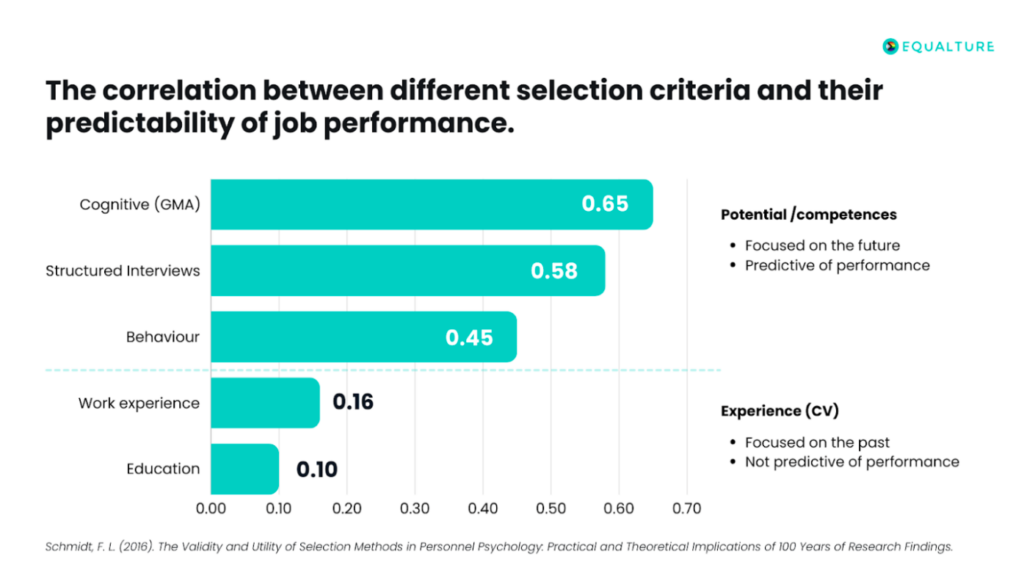

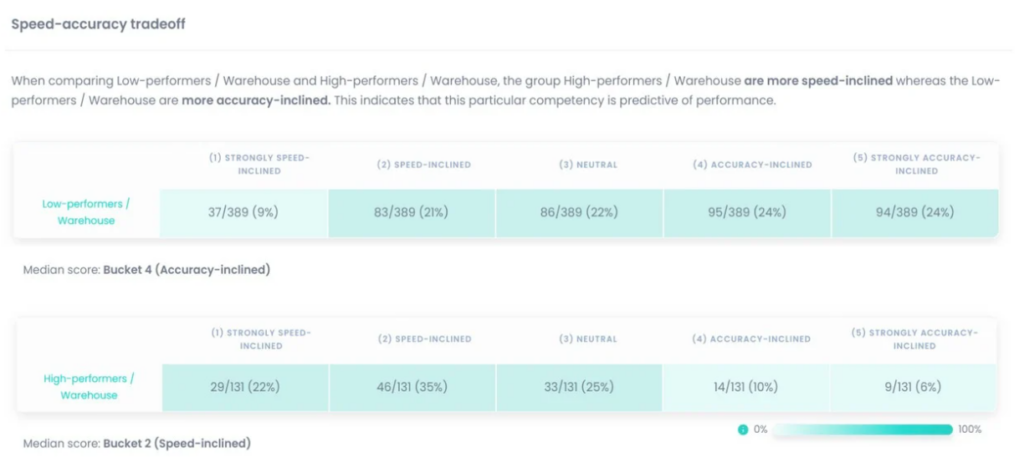
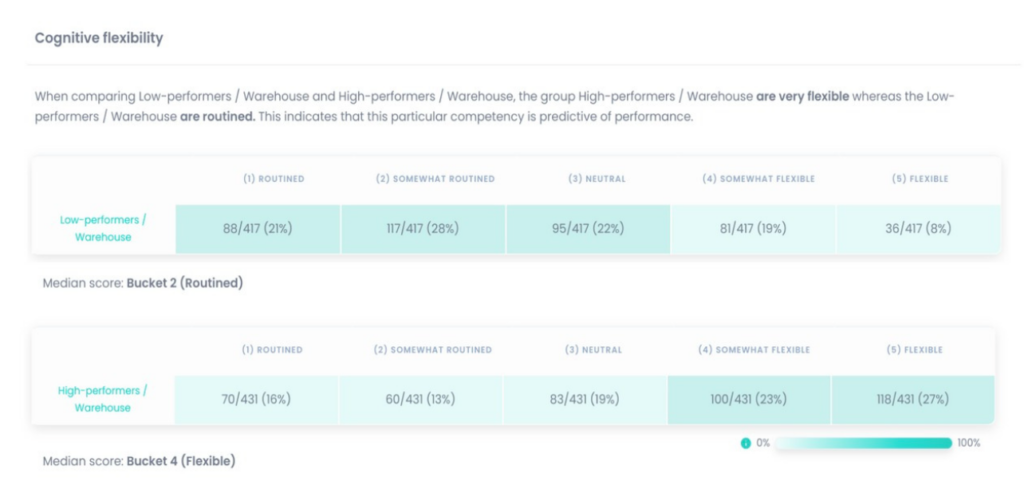
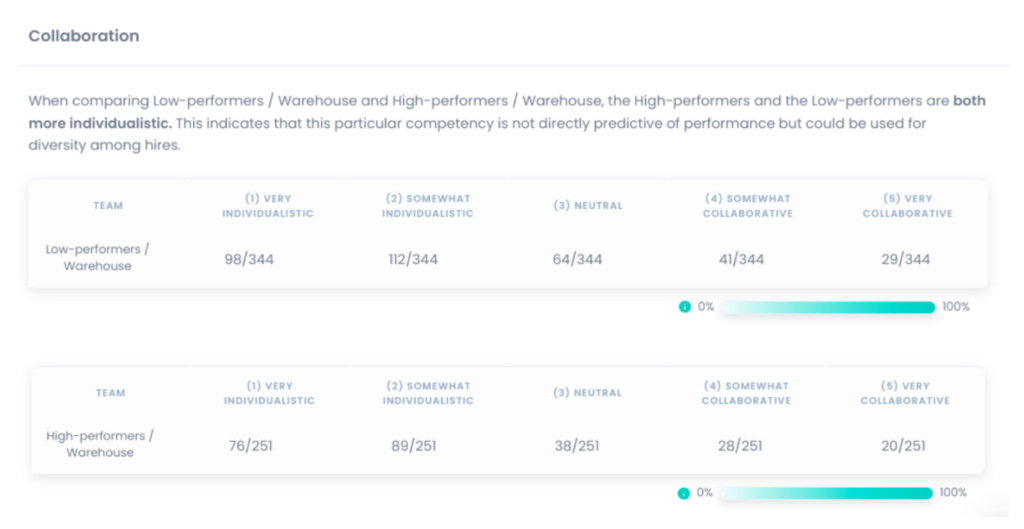



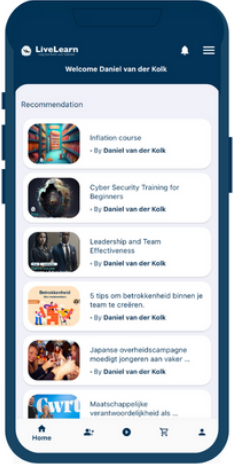

Comments (0)
No reviews found
Add Comment